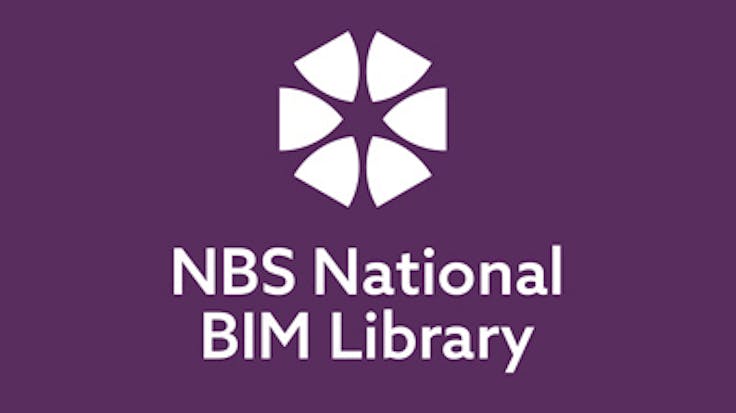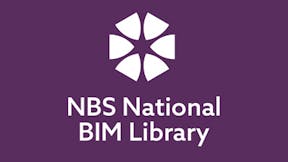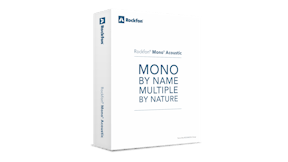Understanding BIM Objects
BIM objects serve as the building blocks of virtual construction, encapsulating rich information about the physical and functional characteristics of building elements. From structural components to furniture pieces, BIM objects provide a digital representation that facilitates visualisation, analysis, and collaboration across the entire project lifecycle. By embedding data such as geometry, material properties, performance specifications, and manufacturer details, BIM objects enable stakeholders to make informed decisions, streamline workflows, and drive efficiency in the AEC industry.
2024 BIM Object Trends: Embracing Innovation
As we navigate through 2024, several emerging trends are reshaping the landscape of BIM objects, driving innovation and addressing evolving industry demands. One notable trend is the integration of artificial intelligence (AI) and machine learning (ML) technologies into BIM object development processes. AI algorithms are being employed to automate the creation of BIM objects from 3D scans or CAD drawings, accelerating the digitisation of existing assets and expanding the availability of high-quality BIM content. Additionally, ML algorithms are enhancing the parametric capabilities of BIM objects, enabling them to adapt and optimise their configurations based on contextual factors such as project requirements, environmental conditions, and user preferences.
Furthermore, the proliferation of cloud-based BIM platforms is driving the demand for lightweight and interoperable BIM objects that can be easily shared and accessed across distributed project teams. Manufacturers are increasingly leveraging open standards such as Industry Foundation Classes (IFC) and BuildingSMART Data Dictionary (bsDD) to ensure compatibility and interoperability between BIM objects and various BIM software applications. This commitment to openness and interoperability fosters a collaborative ecosystem where stakeholders can seamlessly exchange data and leverage the full potential of BIM technology.
Moreover, the emphasis on data-driven decision-making is fuelling the adoption of BIM objects enriched with advanced analytics and simulation capabilities. Manufacturers are embedding sensor data, performance simulations, and predictive analytics into BIM objects, empowering designers and facility managers to optimise building performance, occupant comfort, and energy efficiency. By harnessing the power of real-time data and predictive insights, stakeholders can make informed decisions throughout the building lifecycle, from design and construction to operation and maintenance.
BIM Objects for Acoustic Ceilings: Enhancing Comfort and Performance
Acoustic comfort is a critical consideration in modern building design, particularly in spaces where noise reduction and sound absorption are essential for occupant well-being and productivity. BIM objects for acoustic ceilings play a pivotal role in achieving these objectives, providing architects, designers, and contractors with the tools to simulate, analyse, and specify acoustic solutions with precision and efficiency.
By incorporating BIM objects for acoustic ceilings into their digital models, stakeholders can visualise the impact of different ceiling configurations on room acoustics, reverberation times, and speech intelligibility. This advanced simulation capability enables designers to optimise ceiling designs for optimal acoustic performance while considering aesthetic preferences and functional requirements. Furthermore, BIM objects facilitate accurate quantity takeoffs and cost estimations, helping project teams budget effectively and avoid costly errors during procurement and installation.
UK Government Initiatives: Driving BIM Adoption and Standardisation
In the United Kingdom, the government has been at the forefront of promoting BIM adoption and standardisation across the construction industry. Initiatives such as the UK BIM Framework and the Government Soft Landings (GSL) mandate underscore the government's commitment to digital transformation and collaborative working practices.
The UK BIM Framework provides guidance and standards for implementing BIM processes and protocols, ensuring consistency and interoperability throughout the project lifecycle. It encompasses a range of documents and resources, including the BIM Level 2 standards, which define the requirements for achieving BIM maturity and compliance on public sector projects. Additionally, the GSL mandate promotes a holistic approach to project delivery, focusing on the integration of BIM and digital technologies to improve asset performance and enhance the end-user experience.
Furthermore, the UK government has established the Centre for Digital Built Britain (CDBB) to drive innovation and research in the field of digital construction. Through initiatives such as the National Digital Twin Programme, the CDBB aims to create a connected data ecosystem that facilitates collaboration, innovation, and decision-making across the built environment.
NBS: Standardising BIM Content and Specifications
The National Building Specification (NBS) plays a vital role in standardising BIM content and specifications, providing architects, designers, and specifiers with a comprehensive library of BIM objects and product data. Through its online platform, NBS Source, users can access a vast repository of BIM objects, manufacturer information, and technical specifications, enabling them to select and specify products with confidence and accuracy.
Moreover, NBS facilitates the creation and management of BIM objects through its BIM Toolkit software, which allows manufacturers to generate and publish standardised BIM content in accordance with industry best practices and guidelines. This interoperable approach ensures that BIM objects are compatible with a wide range of software applications and platforms, facilitating seamless integration and collaboration across project teams.
In conclusion, BIM objects are indispensable tools that drive efficiency, innovation, and collaboration in the AEC industry. From enhancing visualisation and simulation capabilities to promoting acoustic comfort and standardisation, BIM objects play a pivotal role in shaping the future of construction. By embracing emerging trends, leveraging government initiatives, and utilising platforms such as NBS, stakeholders can unlock the full potential of BIM technology and create smarter, more sustainable built environments for generations to come.
We can’t wait to help
At Rockfon, we are standing by and ready to help you with your next suspended ceiling project. If you need any assistance with downloading or accessing our BIM objects or obtaining any other information relating to our suspended ceiling products, please reach out to our experienced Specifications team.









